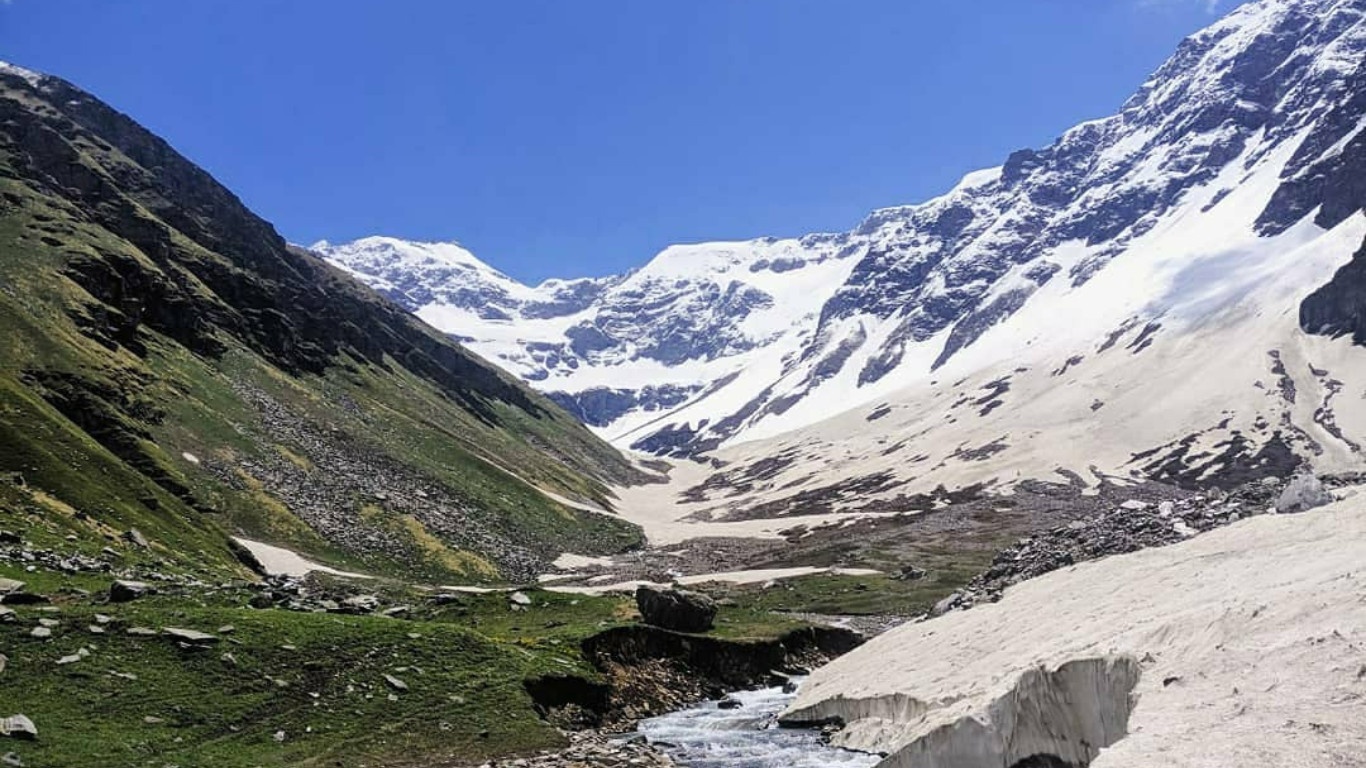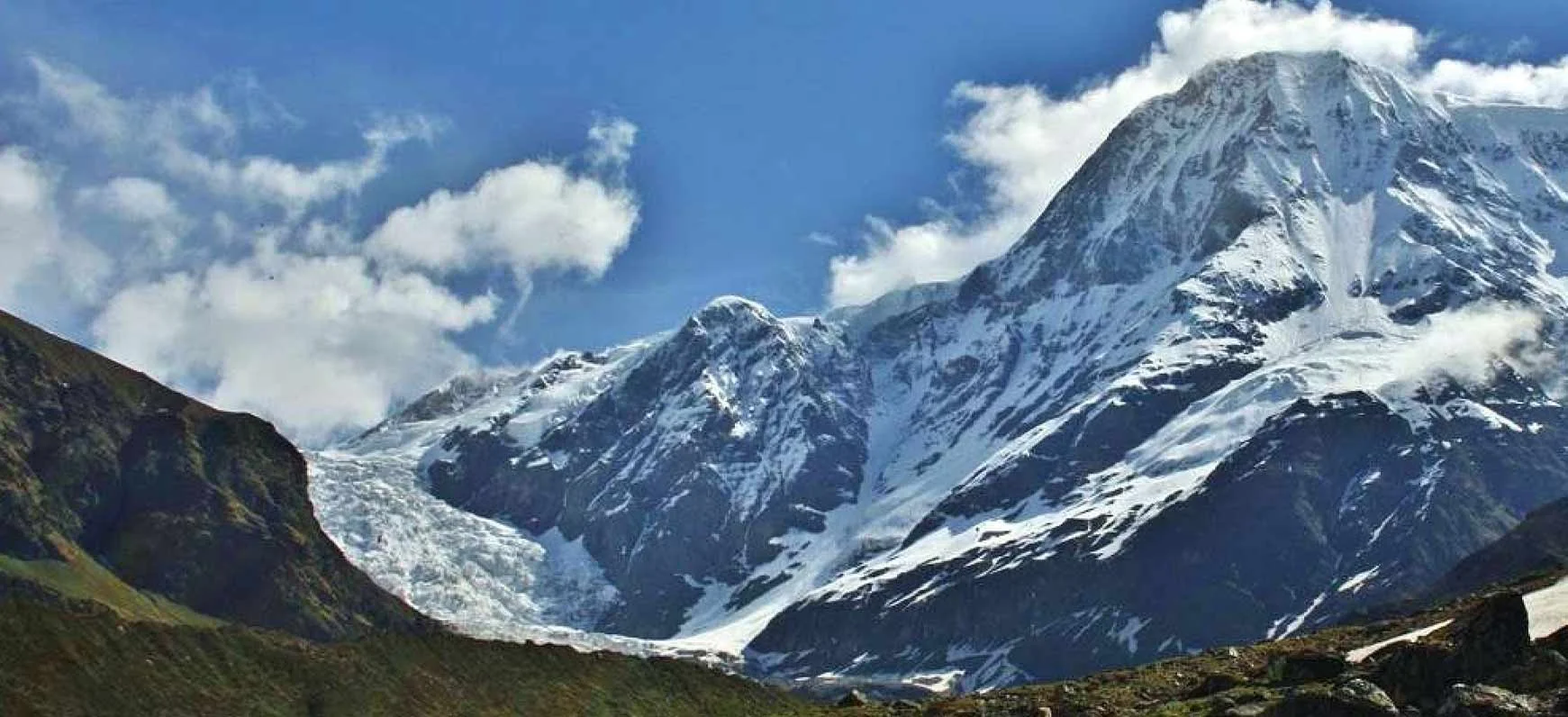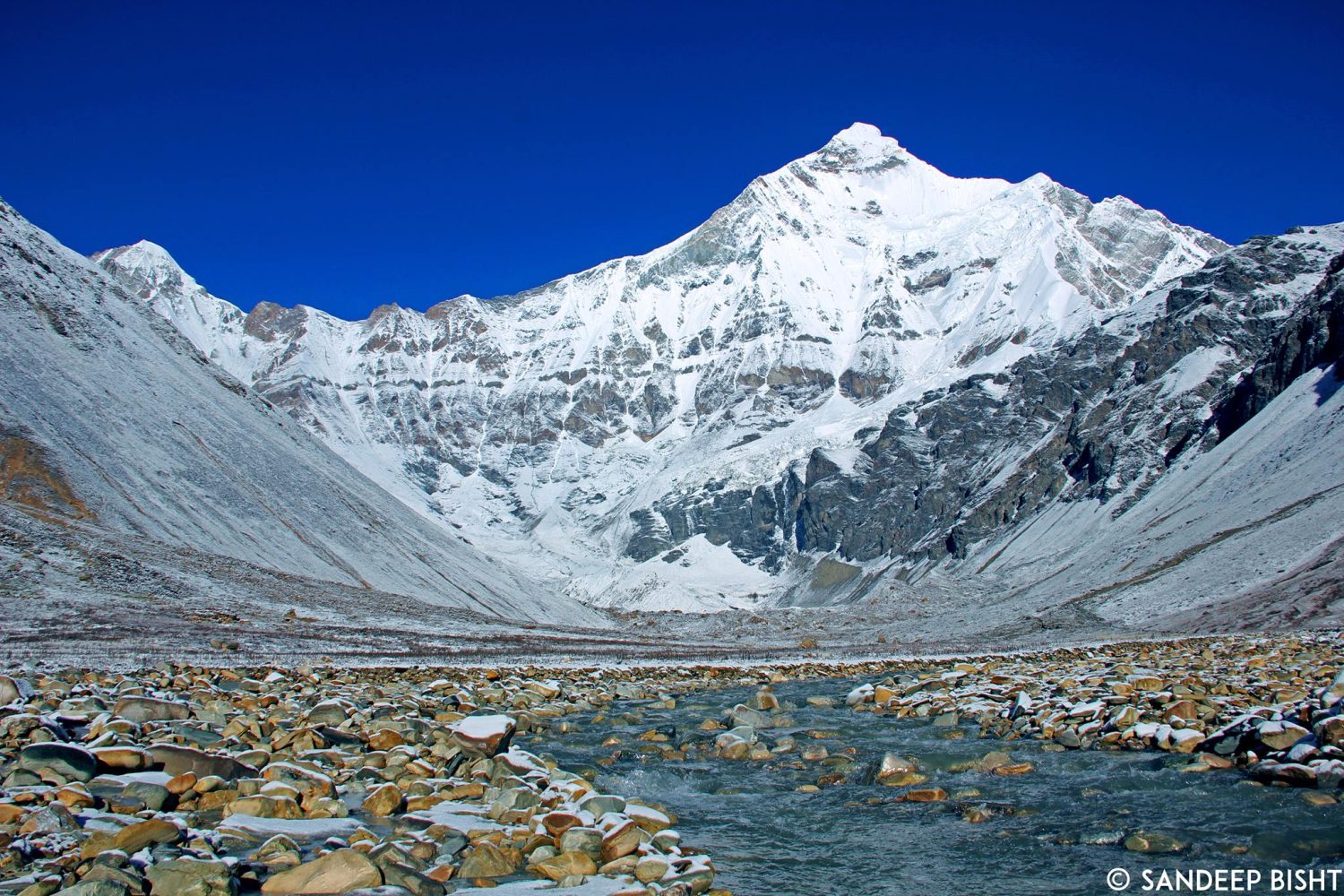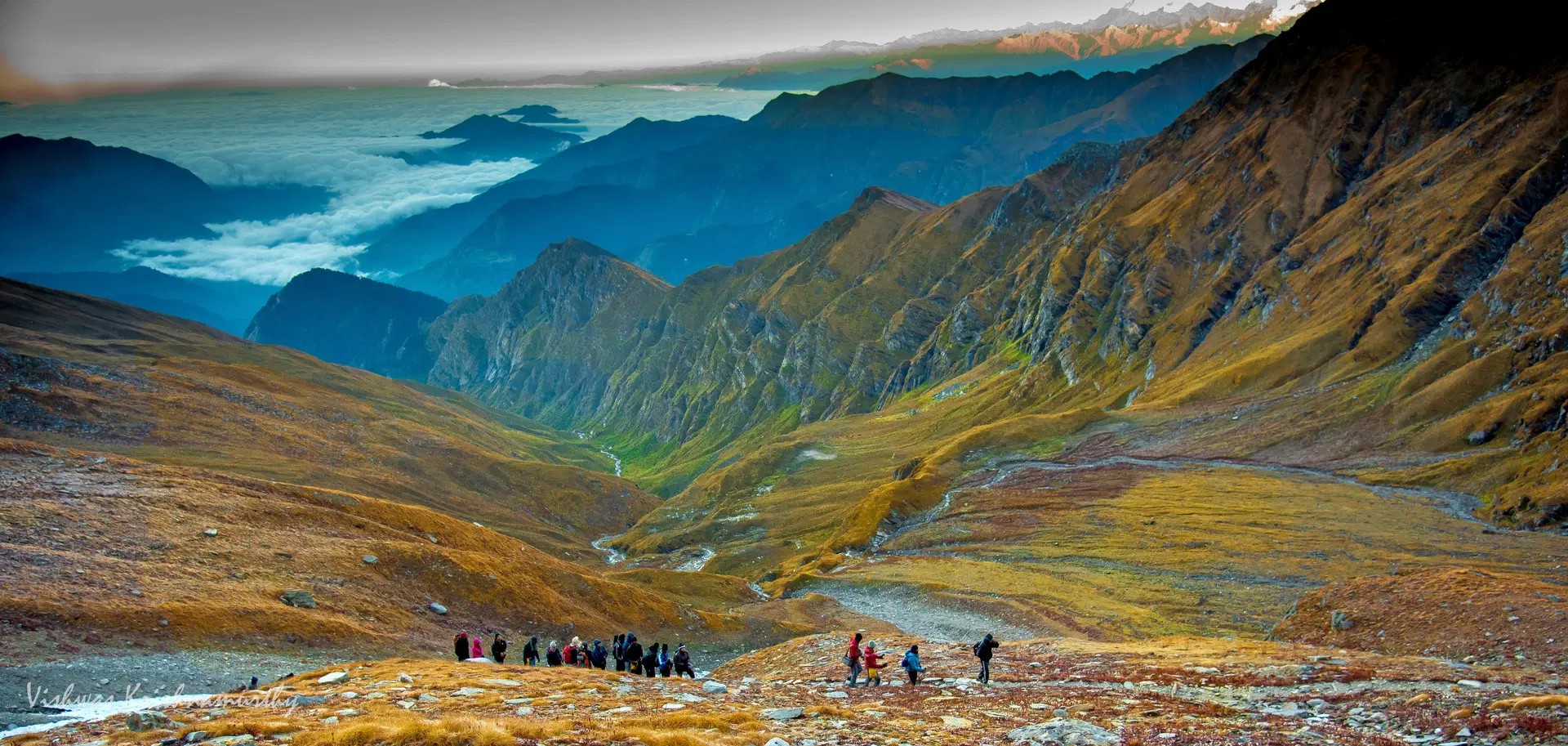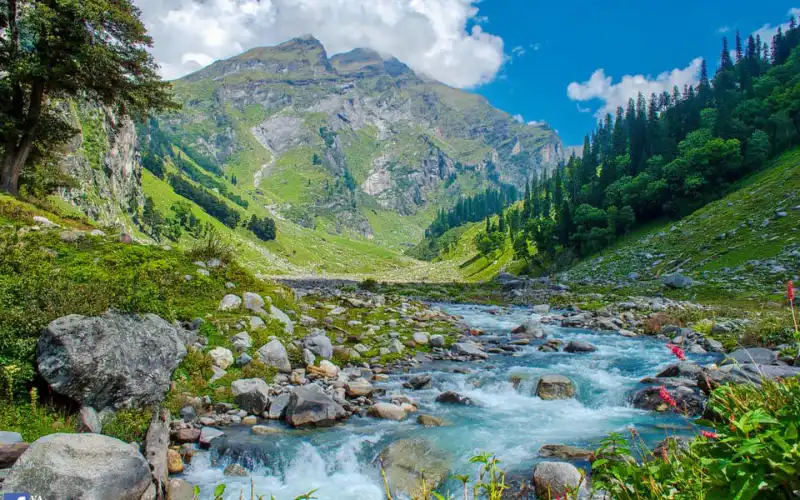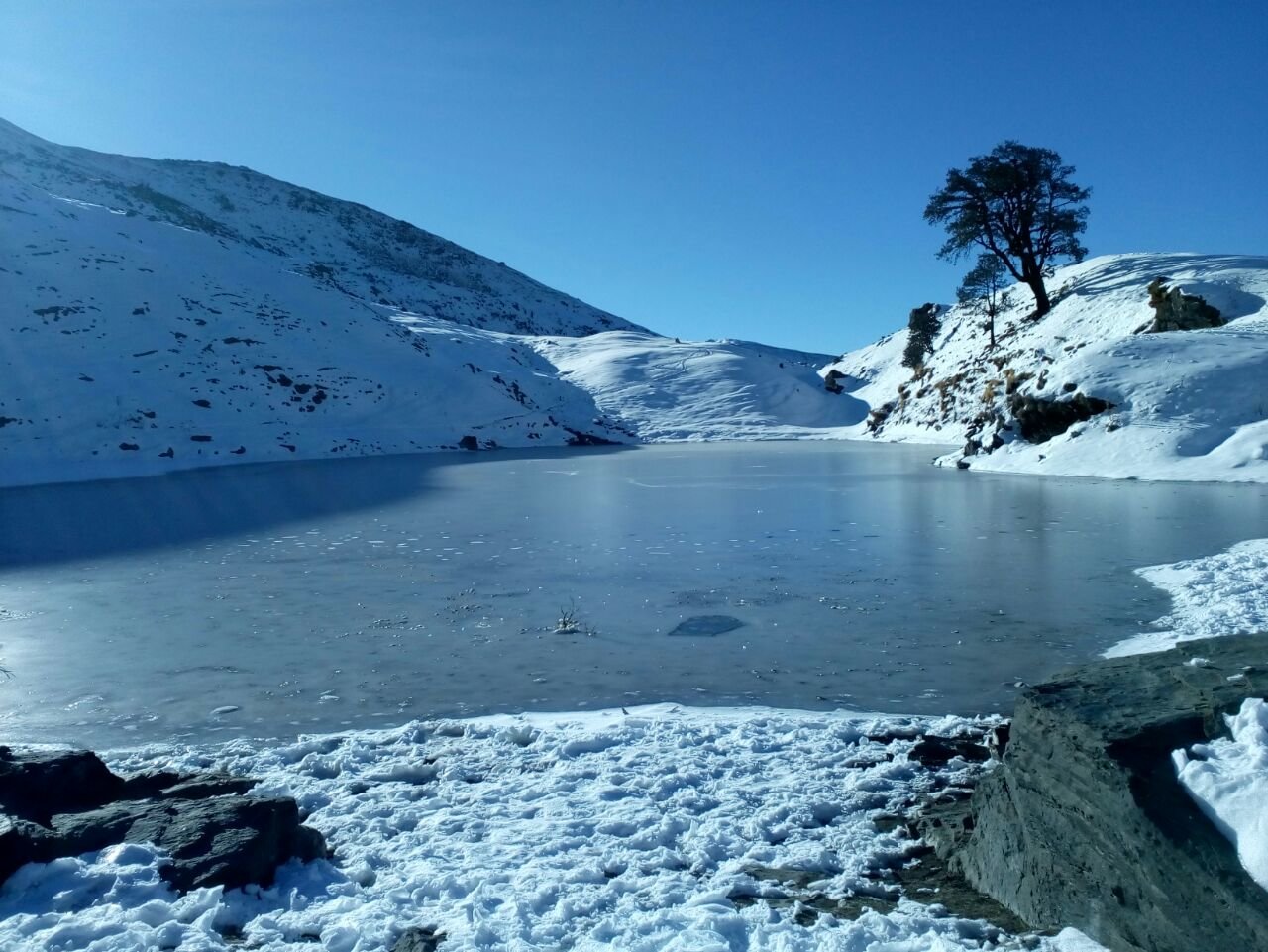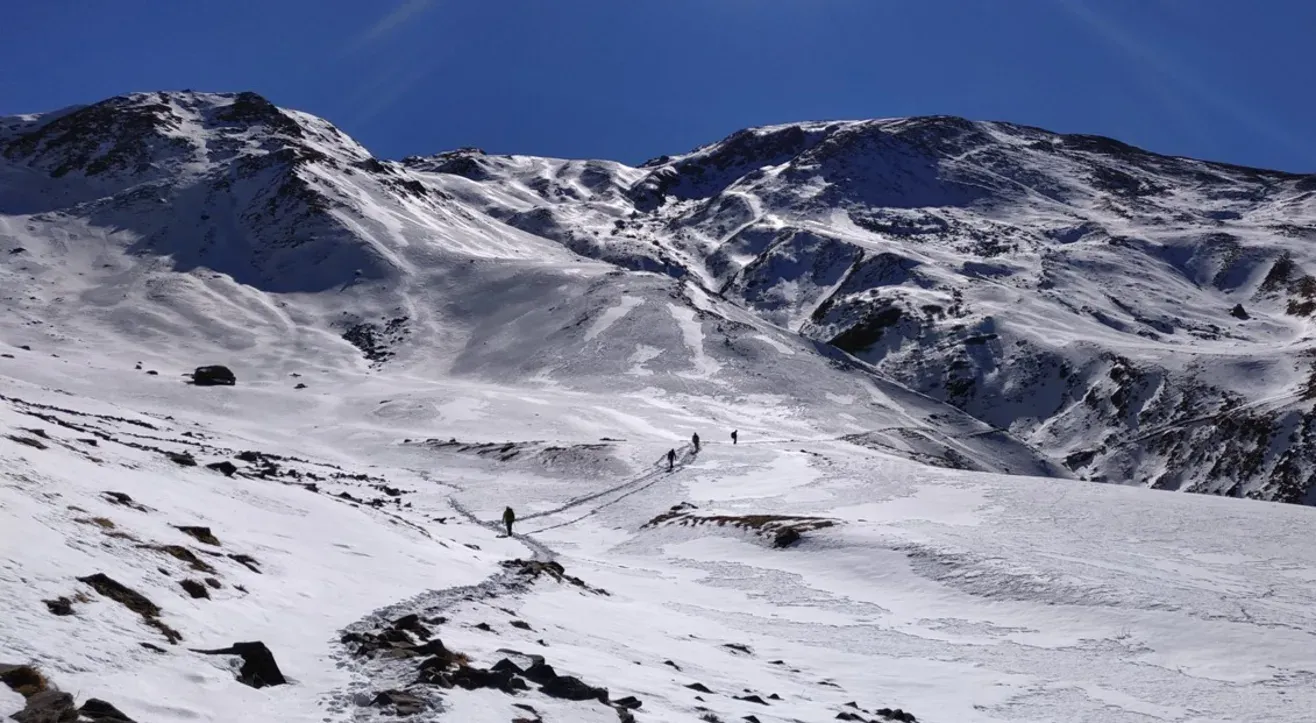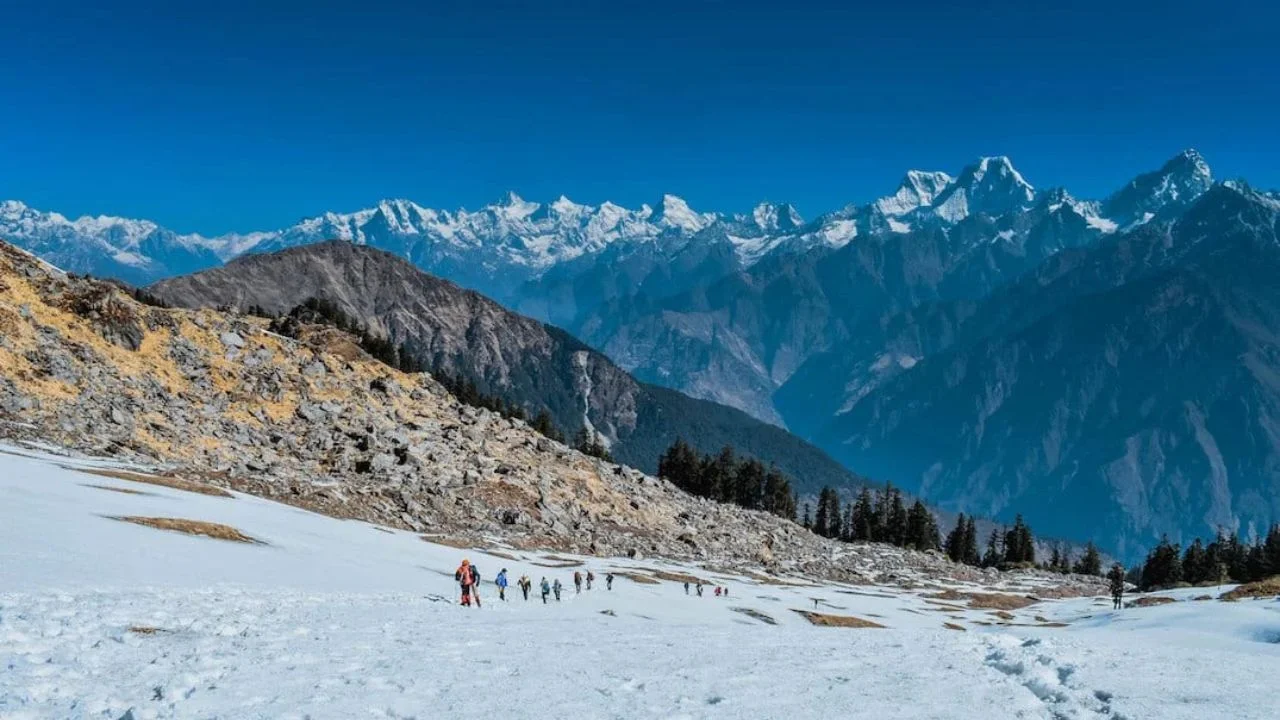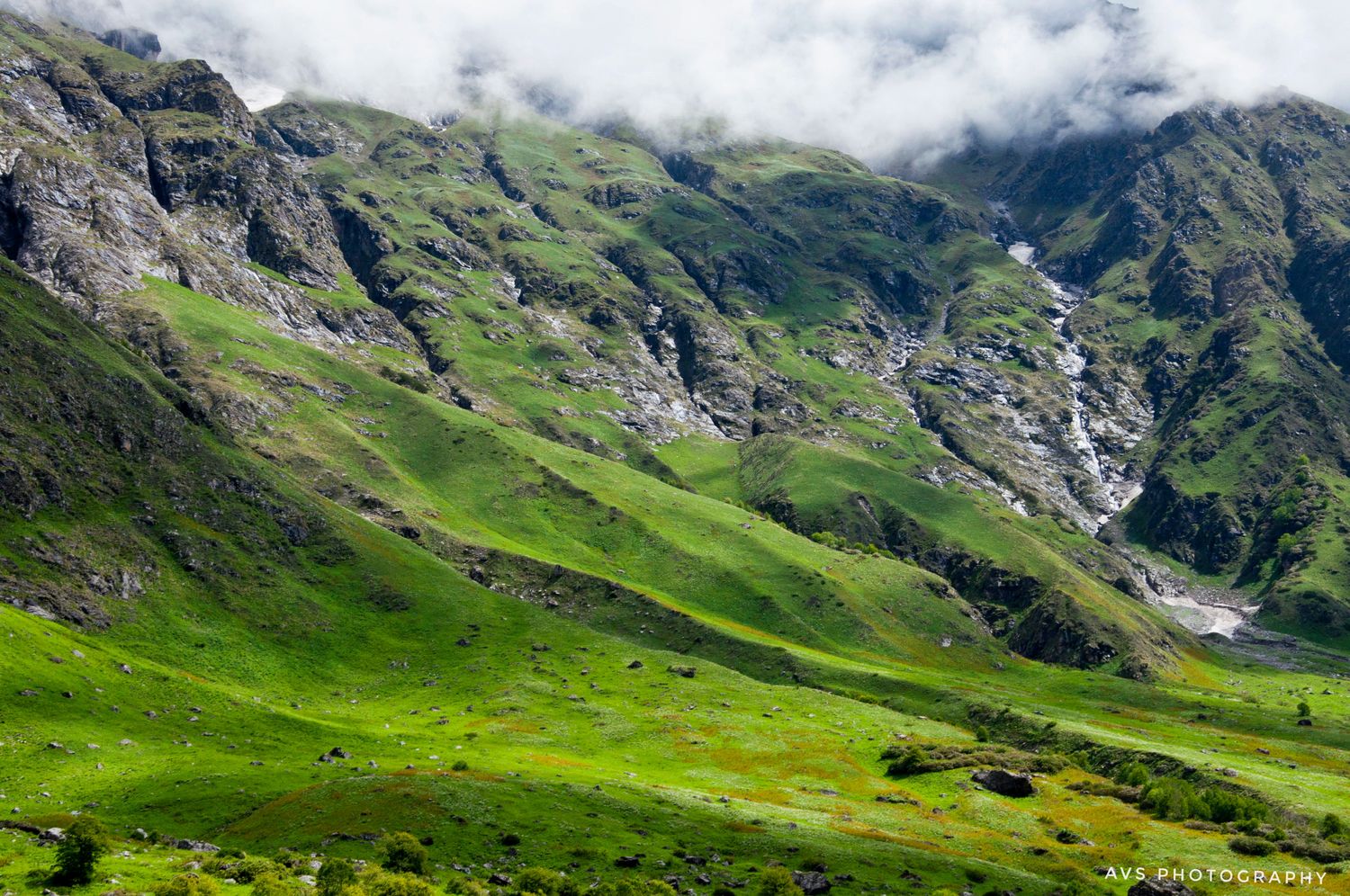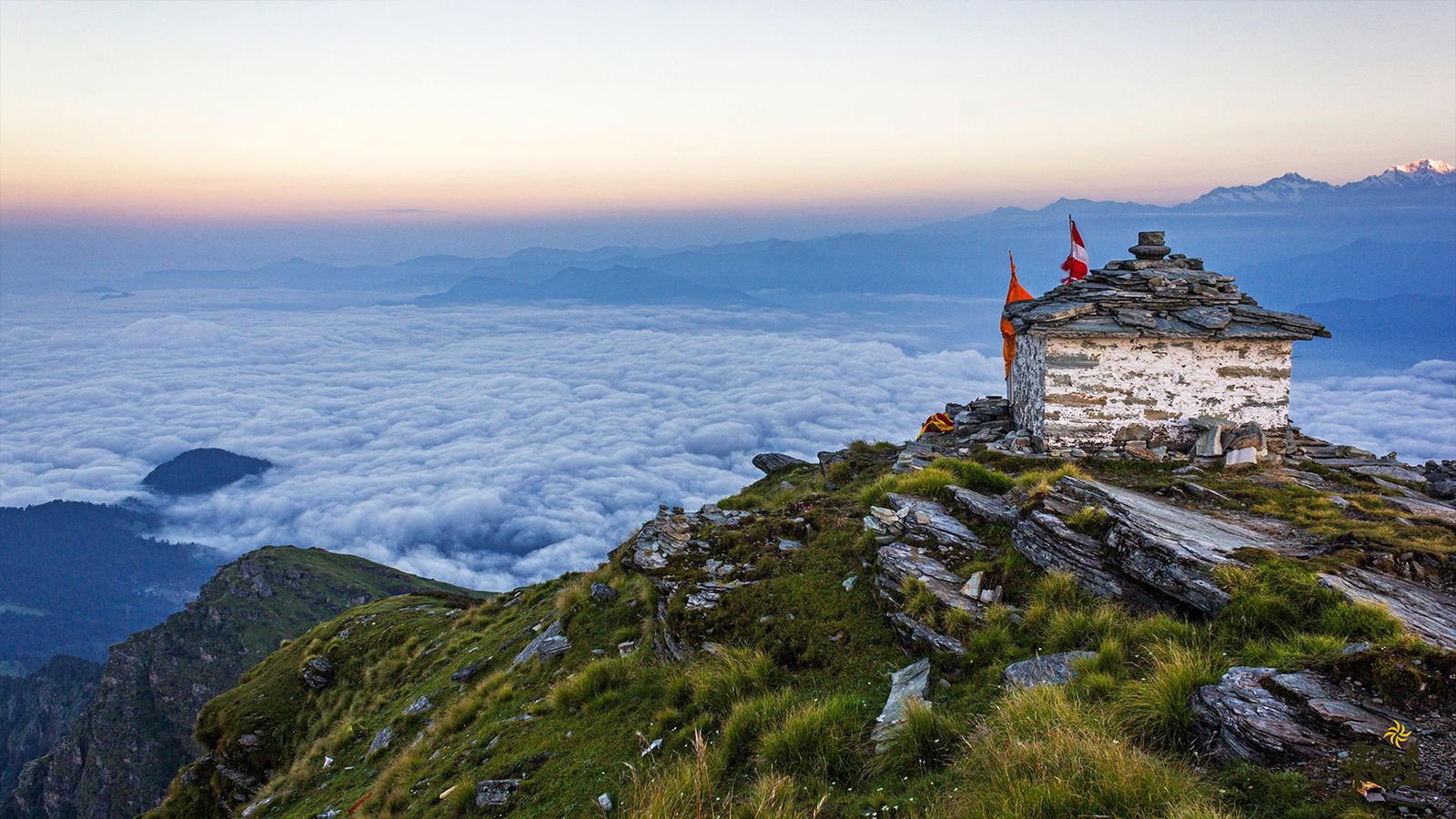Namik Glacier Trek: Into the Heart of Kumaon Himalayas
The Namik Glacier Trek is a hidden gem of Uttarakhand, offering an offbeat and less crowded Himalayan experience. At 11,811 ft, the glacier lies on the ancient Indo-Tibet trade route in the Kumaon Himalayas. Known for its pristine alpine meadows, gushing streams, and traditional Kumaoni villages, this trek combines natural beauty with cultural richness. The trail offers breathtaking views of iconic peaks like Nanda Devi, Nanda Kot, and Trishul.
Cultural Heritage
The trek passes through villages like Gogina and Namik, rich in heritage and architecture influenced by Indo-Tibetan culture. Wooden houses, ancient temples, and hospitable locals give trekkers a deep cultural immersion.
The Trail Experience
The route includes dense forests, high-altitude meadows, and glacier-fed streams. Trekkers walk along parts of the old trade routes once used by traders moving between India and Tibet. Wildlife sightings, alpine flowers, and panoramic Himalayan views enrich the journey.
Highlights of the Trek
- Stunning views of Nanda Devi, Nanda Kot, and Trishul
- Ancient Kumaoni villages with rich heritage
- Offbeat and peaceful trail, away from crowds
- Glacial streams, waterfalls, and alpine meadows
- Blend of nature, history, and culture
